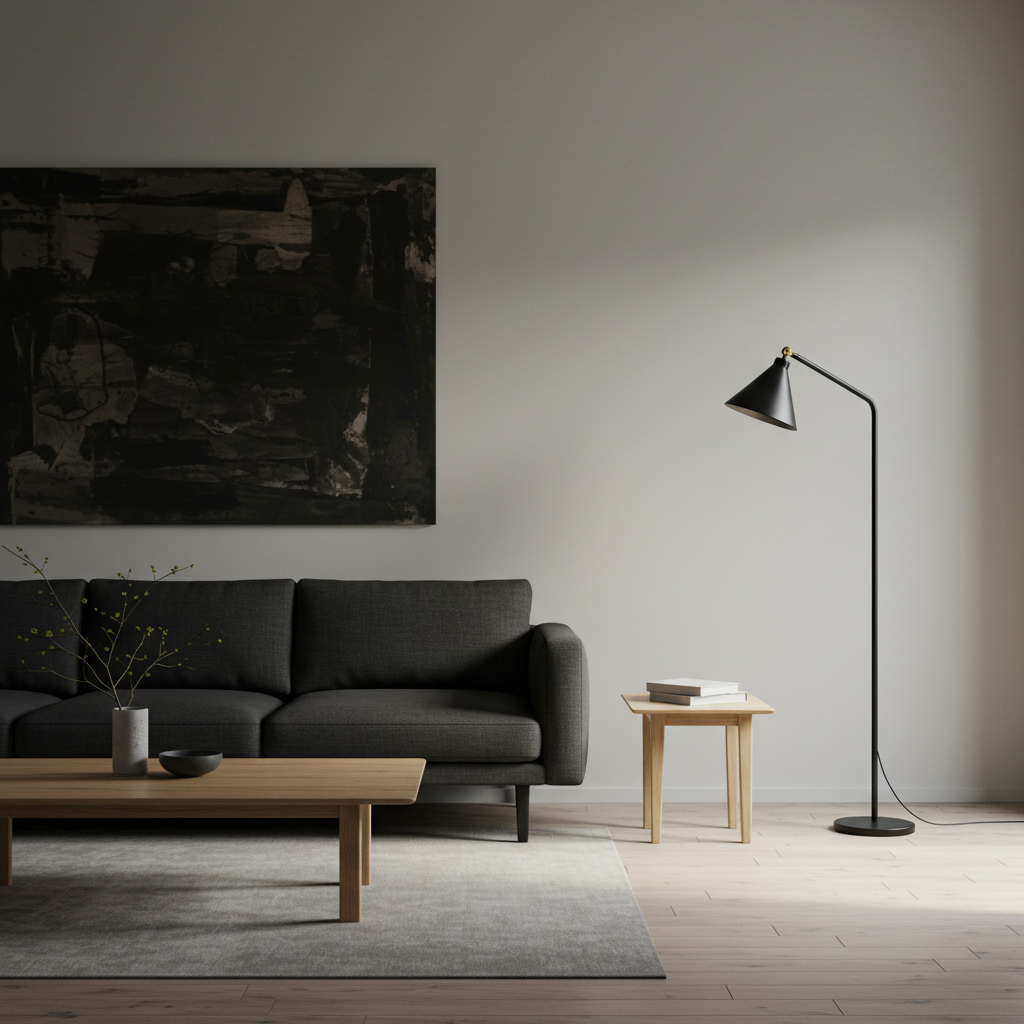.jpeg)
Unlocking Creativity: Tips for Designing Small Spaces
Designing small spaces can be both challenging and rewarding. When space is limited, creativity becomes essential in making the most out of every square inch. Whether it's a compact apartment, a tiny office, or a cozy living area, smart design choices can create an inviting and functional environment. Here are some key strategies to maximize small spaces without compromising on style or comfort.
1. Embrace Multi-Functional Furniture
One of the best ways to make a small space feel larger is to use multi-functional furniture. Pieces like sofa beds, storage ottomans, and fold-out desks help maximize utility while keeping the space uncluttered. Consider furniture that serves dual purposes, such as a dining table that can double as a workspace or a bed with built-in storage underneath.
2. Use Light Colors and Reflective Surfaces
Light colors, such as whites, creams, and pastels, can make a room feel more open and airy. Pairing these shades with mirrors or glossy surfaces reflects natural light, creating the illusion of a larger space. Strategically placing a large mirror opposite a window can enhance brightness and add depth to the room.
3. Optimize Vertical Space
When floor space is limited, think vertically. Tall shelves, wall-mounted storage units, and hanging organizers can help free up valuable floor area. Using the height of a room effectively not only adds storage but also draws the eye upward, making the space feel more expansive.
4. Keep It Minimalist
Clutter can quickly overwhelm a small space, making it feel even more confined. A minimalist approach—focusing on essential items and clean lines—can create a sense of openness. Opt for furniture with sleek, streamlined designs and limit decorative elements to a few statement pieces that enhance the space without overcrowding it.
5. Choose Smart Storage Solutions
Storage is key in small spaces, so making use of hidden storage options can help maintain a tidy environment. Consider using bed frames with built-in drawers, floating shelves, and under-stair storage compartments. Storage baskets and modular units also provide easy organization without taking up too much space.
6. Define Spaces with Rugs and Partitions
Even in small spaces, it’s important to create distinct functional areas. Rugs, folding screens, and open shelving units can subtly define different zones, such as separating a living area from a workspace. This approach helps maintain order while giving the space a structured and purposeful feel.
7. Incorporate Flexible Design Elements
Modular and foldable elements allow a space to adapt to different needs. Wall-mounted desks, stackable chairs, and extendable tables provide flexibility without permanently occupying space. These features make it easier to transform a small room for various activities without compromising comfort.
8. Use Statement Lighting
Proper lighting can make a space feel more inviting and open. Layered lighting—such as a combination of overhead lights, wall sconces, and floor lamps—adds depth and warmth. Opt for fixtures that complement the overall design and enhance the visual flow of the space.
9. Bring in Natural Elements
Adding plants and natural textures can bring life to a small space. Greenery not only improves air quality but also adds a touch of vibrancy. Hanging plants, compact indoor gardens, or even a small potted plant on a shelf can make a space feel more lively and refreshing.
10. Keep the Design Cohesive
Maintaining a consistent design theme ensures that a small space feels harmonious rather than cramped. Choosing a unified color palette, complementary textures, and similar materials throughout the space prevents visual clutter and creates a seamless look.
Conclusion
Designing small spaces requires a balance between functionality and aesthetics. By incorporating multi-purpose furniture, optimizing vertical space, and keeping the design clean and minimal, even the most compact areas can feel open and inviting. With thoughtful planning and a touch of creativity, small spaces can be transformed into stylish, efficient, and comfortable living environments.












.jpeg)



